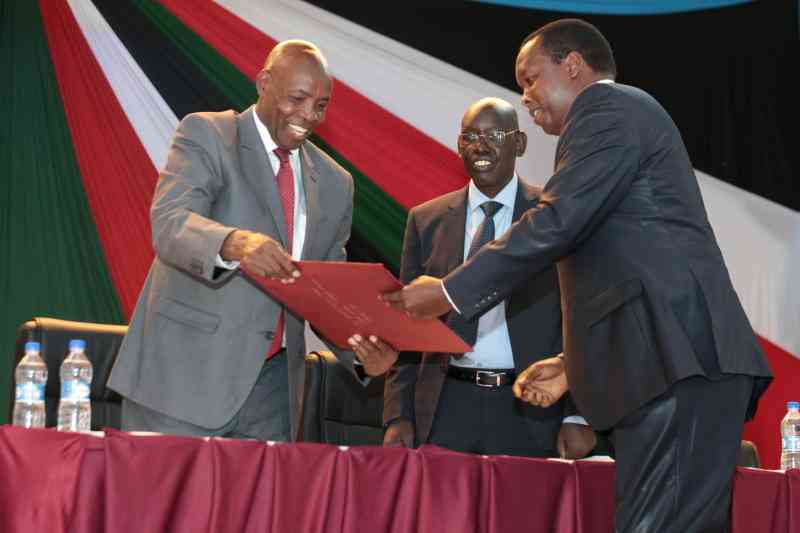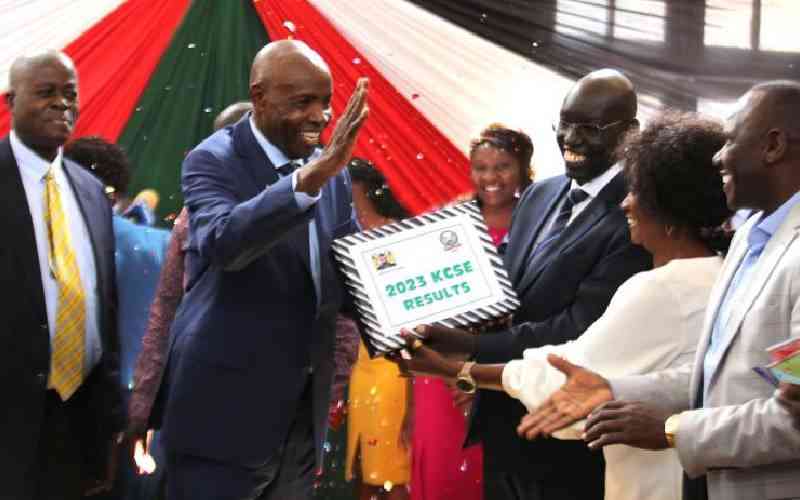Some exams come in the form of multiple choice and a student requires special preparation for such an exam. These types of exams ask a student to choose a correct answer from a set of options, mostly four, out of which three are wrong. Even the most prepared student can make silly mistakes on this exam by falling prey to distractors that look very similar to the correct answer.
As a student, I would always be excited when we had a multiple choice test because I assumed it was easier than other exams. My reasons were that the correct answer was guaranteed to be among the four, and I could pass easily just by guessing the answer.
Despite my naive assumption, multiple choice exams can actually be very difficult. Why?
• The answers offered cover a broad range of material and as such, the student is expected to have read widely.
• With multiple choice exams, a student is expected to be more familiar with details like dates, names and vocabulary than with an essay exam.
To prepare for these exams you need to take into account the following:
• Start your revision early because these exams focus on details and one requires ample time to master them. A little revision each day will allow you enough time for repeated reviews and as such, you will build a reliable long-term memory.
• Thoroughly identify and understand everything your teacher emphasised in class. Ensure you pay adequate attention to important terms that describe certain features; these are the most likely questions to appear in the exam.
• As you revise, make tables and lists focusing especially on events, ideas and important dates. From the list, pick out the similarities and differences so that when they appear in an exam, you can pick out the correct answer. If there is any emphasis on certain vocabularies or definitions in your notes, make sure you understand them; do not cram.
• If you have a revision book or past papers, practise with some sample questions. You can do this with other students.
During the exam:
• Go through the questions and answer the easy ones first.
• Highlight the most important details in each question. Meanwhile, cover the options given as answers with a piece of paper or your hand.
• If you know the answer, select it from the list and move on.
• If you do not know, look at the choices given then use the elimination process to narrow down choices. Anticipate the correct answer before you are distracted by the choices presented. Write down your own answer then uncover the answers provided. Choose the one that most closely represents your words. Do ‘true or false’ tests on each answer then cross out the false ones.
• Ensure you verify whether there is a choice like ‘all of the above’ or ‘none of the above’ before you select your answer.
• Look back at the questions that you skipped and eliminate those you think are not correct by crossing them off. If you still do not seem to know what the answer is, do not ignore the question; it is better to choose and possibly be right than leaving it blank.
 The Standard Group Plc is a
multi-media organization with investments in media platforms spanning newspaper
print operations, television, radio broadcasting, digital and online services. The
Standard Group is recognized as a leading multi-media house in Kenya with a key
influence in matters of national and international interest.
The Standard Group Plc is a
multi-media organization with investments in media platforms spanning newspaper
print operations, television, radio broadcasting, digital and online services. The
Standard Group is recognized as a leading multi-media house in Kenya with a key
influence in matters of national and international interest.
 The Standard Group Plc is a
multi-media organization with investments in media platforms spanning newspaper
print operations, television, radio broadcasting, digital and online services. The
Standard Group is recognized as a leading multi-media house in Kenya with a key
influence in matters of national and international interest.
The Standard Group Plc is a
multi-media organization with investments in media platforms spanning newspaper
print operations, television, radio broadcasting, digital and online services. The
Standard Group is recognized as a leading multi-media house in Kenya with a key
influence in matters of national and international interest.








